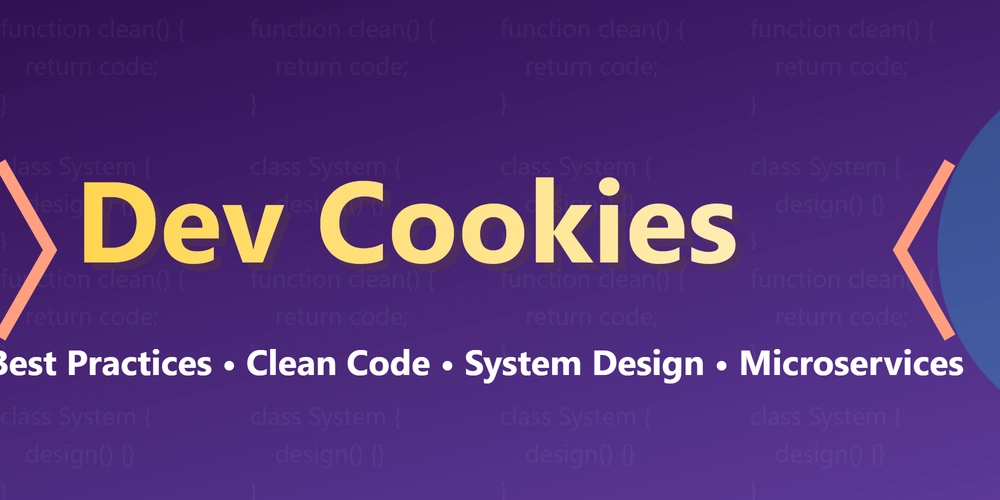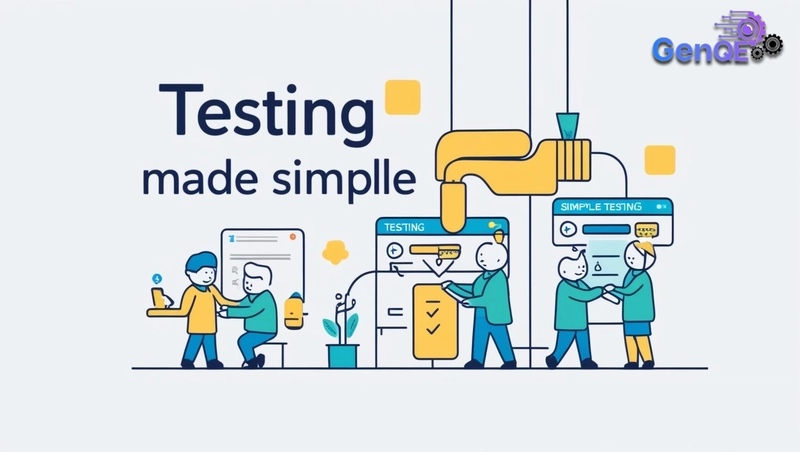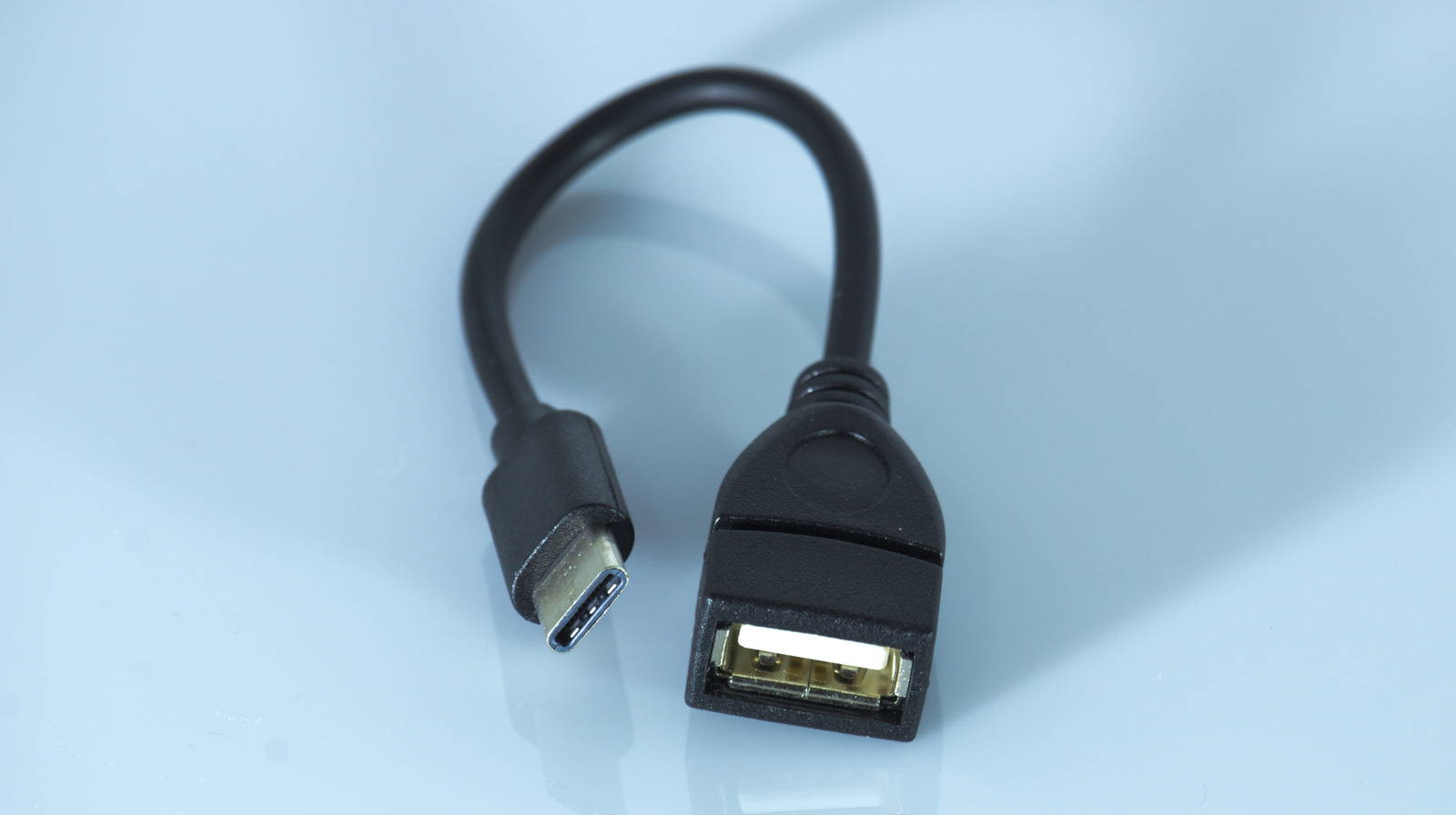AI-Powered Test Automation: The Future of Software Quality Assurance
Introduction As software development accelerates, traditional testing approaches often struggle to keep up with rapid release cycles. AI-powered test automation is revolutionizing software testing by making it faster, smarter, and more efficient. With machine learning algorithms, predictive analytics, and self-healing test scripts, AI is transforming how teams ensure software quality. Why AI in Test Automation? 1️⃣ Speed and Efficiency – AI-driven testing can analyze vast amounts of test cases faster than humans, reducing the time spent on repetitive tasks. 2️⃣ Self-Healing Scripts – AI detects changes in UI elements and updates scripts automatically, reducing test maintenance efforts. 3️⃣ Better Test Coverage – AI explores test scenarios that may not be easily covered in traditional test automation. 4️⃣ Predictive Analysis – AI predicts potential defects by analyzing historical data and trends, improving software reliability. Key AI-Driven Testing Techniques 1. Machine Learning for Test Case Prioritization AI algorithms analyze test results and user behavior to prioritize high-risk test cases. This ensures that critical areas of the application are tested first, improving defect detection efficiency. 2. Visual Testing with AI AI-powered tools like Applitools use computer vision to detect UI inconsistencies that might be missed by traditional testing methods. These tools analyze pixel differences and ensure UI consistency across different devices. 3. AI-Powered Test Data Generation Generating realistic and diverse test data is crucial for effective testing. AI-based tools automate the process by synthesizing data that mimics real-world usage, making testing more comprehensive. 4. Autonomous Testing Self-driving test automation tools use AI to execute tests without human intervention. These tools identify changes, update test cases, and provide real-time insights, reducing manual effort. Challenges of AI in Testing

Introduction
As software development accelerates, traditional testing approaches often struggle to keep up with rapid release cycles. AI-powered test automation is revolutionizing software testing by making it faster, smarter, and more efficient. With machine learning algorithms, predictive analytics, and self-healing test scripts, AI is transforming how teams ensure software quality.
Why AI in Test Automation?
1️⃣ Speed and Efficiency – AI-driven testing can analyze vast amounts of test cases faster than humans, reducing the time spent on repetitive tasks.
2️⃣ Self-Healing Scripts – AI detects changes in UI elements and updates scripts automatically, reducing test maintenance efforts.
3️⃣ Better Test Coverage – AI explores test scenarios that may not be easily covered in traditional test automation.
4️⃣ Predictive Analysis – AI predicts potential defects by analyzing historical data and trends, improving software reliability.
Key AI-Driven Testing Techniques
1. Machine Learning for Test Case Prioritization
AI algorithms analyze test results and user behavior to prioritize high-risk test cases. This ensures that critical areas of the application are tested first, improving defect detection efficiency.
2. Visual Testing with AI
AI-powered tools like Applitools use computer vision to detect UI inconsistencies that might be missed by traditional testing methods. These tools analyze pixel differences and ensure UI consistency across different devices.
3. AI-Powered Test Data Generation
Generating realistic and diverse test data is crucial for effective testing. AI-based tools automate the process by synthesizing data that mimics real-world usage, making testing more comprehensive.
4. Autonomous Testing
Self-driving test automation tools use AI to execute tests without human intervention. These tools identify changes, update test cases, and provide real-time insights, reducing manual effort.
Challenges of AI in Testing













































































































































































![[The AI Show Episode 142]: ChatGPT’s New Image Generator, Studio Ghibli Craze and Backlash, Gemini 2.5, OpenAI Academy, 4o Updates, Vibe Marketing & xAI Acquires X](https://www.marketingaiinstitute.com/hubfs/ep%20142%20cover.png)



























































































































![[FREE EBOOKS] The Kubernetes Bible, The Ultimate Linux Shell Scripting Guide & Four More Best Selling Titles](https://www.javacodegeeks.com/wp-content/uploads/2012/12/jcg-logo.jpg)



![From drop-out to software architect with Jason Lengstorf [Podcast #167]](https://cdn.hashnode.com/res/hashnode/image/upload/v1743796461357/f3d19cd7-e6f5-4d7c-8bfc-eb974bc8da68.png?#)





































































































.png?#)





.jpg?#)
































_Christophe_Coat_Alamy.jpg?#)










































































































![Rapidus in Talks With Apple as It Accelerates Toward 2nm Chip Production [Report]](https://www.iclarified.com/images/news/96937/96937/96937-640.jpg)


































































































































![5 Essential JavaScript Performance Monitoring Techniques for Production Apps [2024 Guide]](https://media2.dev.to/dynamic/image/width%3D1000,height%3D500,fit%3Dcover,gravity%3Dauto,format%3Dauto/https:%2F%2Fjsschools.com%2Fimages%2F9aca2efb-d2af-431a-80c7-5d1b5fbb3977.webp)


